| Man Says Camera Error Denied Photo Of Idaho Half-Wolf, Half-Man From unidentified aerial phenomenon to lake monsters, Pterosaurs to Bigfoot, a large number of Idaho residents report claims of supernatural or ... |
| Man Says Camera Error Denied Photo Of Idaho Half-Wolf, Half-Man From unidentified aerial phenomenon to lake monsters, Pterosaurs to Bigfoot, a large number of Idaho residents report claims of supernatural or ... |
Super Man or Iron Man? Flying human-like figure spotted over California coast, netizens have ...
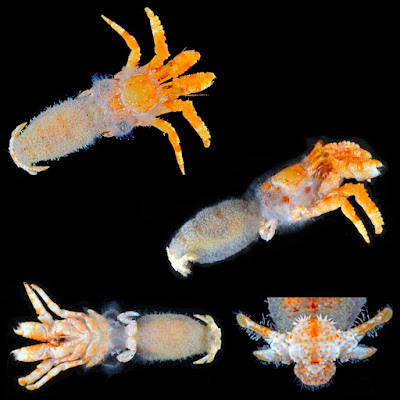 |
| Cancellus heatherae Felder & Lemaitre, 2020 |
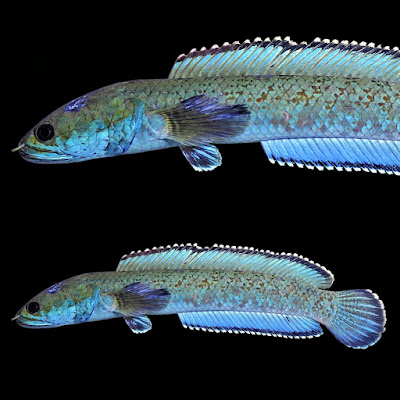 |
| Channa aristonei Praveenraj, Thackeray, Singh, Uma, Moulitharan & Mukhim, 2020 |
 |
| Channa aristonei Holotype, BNHS FWF 1017, 136 mm SL |
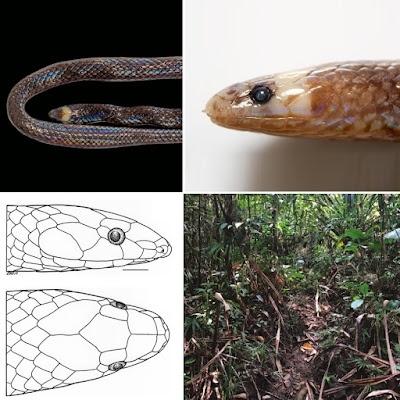 |
| Levitonius mirus Weinell, Paluh, Siler & Brown, 2020 DOI: 10.1643/CH2020110 Waray Dwarf Burrowing Snake || twitter.com/JeffWeinell |
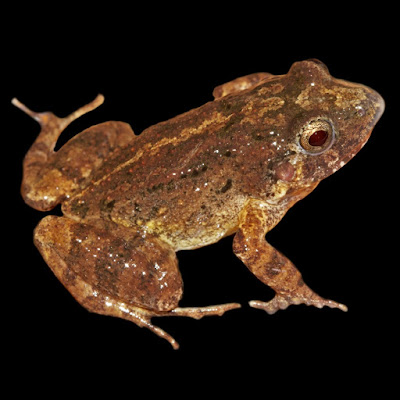 |
| Adenomera glauciae de Carvalho, Simões, Gagliardi-Urrutia, Rojas-Runjaic, Haddad & Castroviejo-Fisher, 2020 DOI: 10.1643/CH-19-329 |
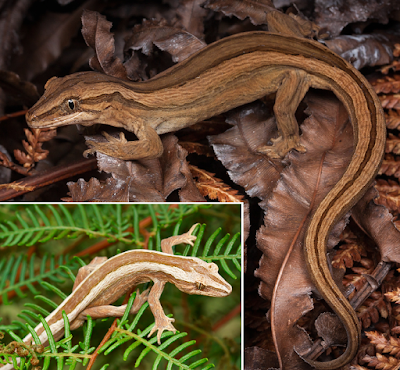 |
| Toropuku inexpectatus Hitchmough, Nielsen & Bauer, 2020 Photos by D. van Winkel. |
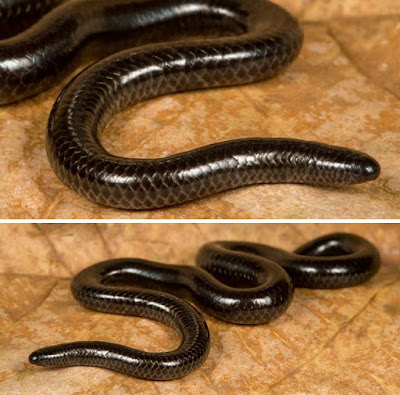 |
| Leptotyphlops sylvicolus Broadley & Wallach, 1997 in Busschau, Conradie & Daniels. 2020. DOI: 10.1111/jzs.12401 |
Abstract
We investigate the phylogeographic structure of a fossorial forest‐living snake species, the forest thread snake, Leptotyphlops sylvicolus Broadley & Wallach, 1997 by sampling specimens from the Eastern Cape and KwaZulu‐Natal provinces of South Africa. Phylogenetic results, using Bayesian inferences and maximum likelihood, from the combined mitochondrial sequence data (cyt b and ND4), along with population genetic analyses suggest the presence of phylogeographic breaks broadly congruent to those exhibited by other forest‐living taxa. Divergence‐time estimates indicate that cladogenesis within the study taxon occurred during the late Miocene climatic shifts, suggesting that cladogenesis was driven by habitat fragmentation. We further investigate the species‐level divergence within L. sylvicolus by including two partial nuclear loci (PRLR and RAG1). The three species delimitation methods (ABGD, bGMYC, and STACEY), retrieved 10–12 putative species nested within the L. sylvicolus species complex. These results were corroborated by iBPP implementing molecular and morphological data in an integrative Bayesian framework. The morphological analyses exhibit large overlap among putative species but indicate differences between grassland and forest species. Due to the narrow distributions of these putative species, the results of the present study have further implications for the conservation status of the L. sylvicolus species complex and suggest that forest and grassland habitats along the east coast of South Africa may harbor significantly higher levels of diversity than currently recognized.
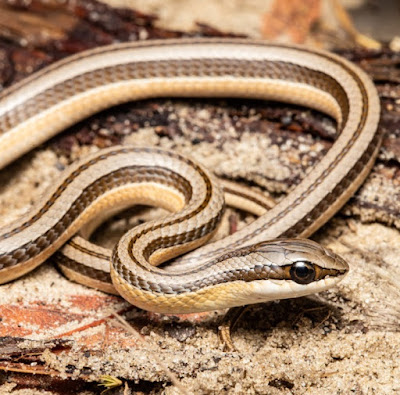 |
| Kladirostratus acutus (Günther 1888) in Keates, Conradie, Greenbaum & Edwards, 2019. DOI: 10.1111/jzs.12337 |
 |
| Kladirostratus acutus comb. nov. |
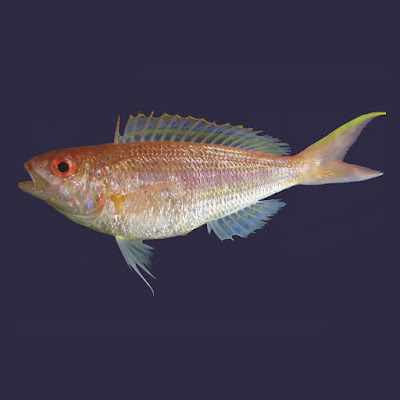 |
| Nemipterus elaine |
A rare black fox has been returned to a wildlife park after escaping and bringing traffic to a standstill.
It has emerged the animal, who was seen walking near Brean in Somerset on Monday, had escaped from the Animal Farm Adventure Park.
Known as Wilf, he also once escaped from a previous home in Manchester, before being found in the city's Trafford Centre.
In this well-trodden world, the discovery of a species new to science is an exciting event, a glimmer of the uncharted riches of biodiversity still hidden around the globe. “Every…
 IMAGE COPYRIGHTATLAS
IMAGE COPYRIGHTATLASAlmost five years of studying the deep Atlantic in unprecedented detail has revealed 12 species new to science.
The sea mosses, molluscs and corals had eluded discovery because the sea floor is so unexplored, scientists say.
Researchers warn that the newly discovered animals could already be under threat from climate change.
Carbon dioxide absorbed by the ocean is making it more acidic, causing coral skeletons in particular to corrode.
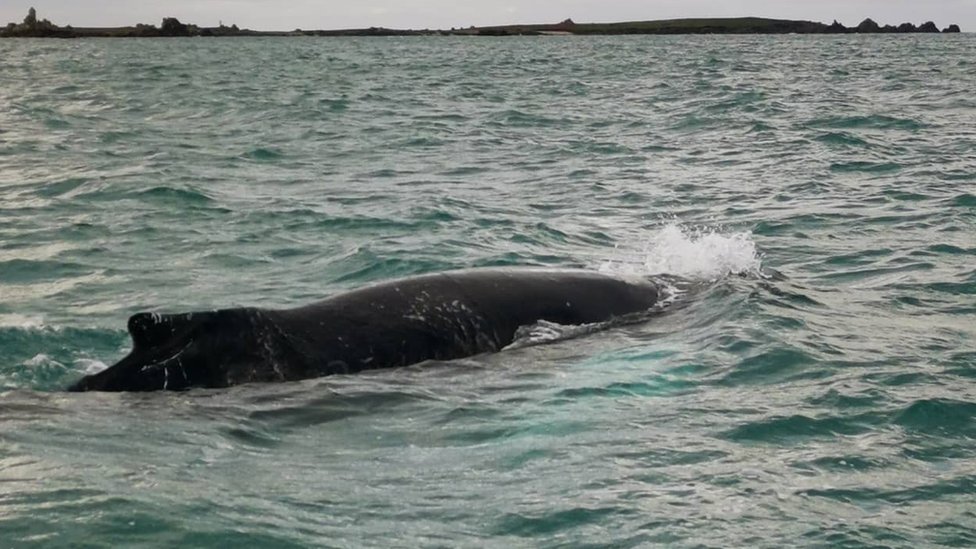 IMAGE COPYRIGHTPETE HICKS
IMAGE COPYRIGHTPETE HICKSA humpback whale has provided Scilly islanders with a Christmas treat.
The giant mammal appeared off St Mary's on Christmas Eve and has been spotted every day cruising just a few hundred metres from the shore.
The whale has drawn many islanders to the coastline, including photographer Martin Goodey who nicknamed it Pi after the film Life of Pi.
Pi is also thought to have been spotted off the Cornwall coast over the summer because markings on its tail match.
Ten sperm whales found washed up on the North Sea coast have died.
The pod was first spotted on a beach between Tunstall and Withernsea, near Hull, at about 08:30 GMT.
Members of the British Divers Marine Life Rescue (BDMLR) said poor weather conditions and the size of the whales meant it was impossible to save them.
A spokesperson said the young whales were "in very poor nutritional condition" and had most likely suffered a "navigation error".
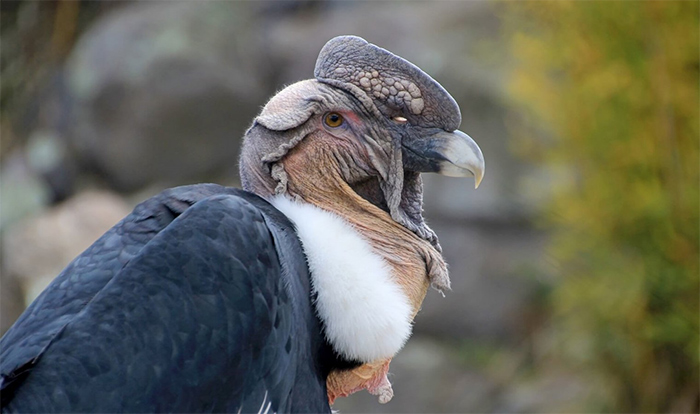
Poisoned, poached, persecuted – iconic raptors such as the Andean Condor, Secretarybird and Martial Eagle have moved to higher threat categories in this year’s update to the IUCN Red List, sparking fears that the crisis that brought many Asian and African vultures to the edge of extinction has spread to new continents and species.
The Andean Condor the national bird of Chile, Colombia, Ecuador and Bolivia – is now globally threatened with extinction. This year, the emblematic species had its threat level raised to Vulnerable in our annual update to the IUCN Red List of threatened species (for which BirdLife is the authority for birds). With a wingspan of over three metres, the Andean Condor is one of the world’s largest flying birds, making an unmistakable silhouette as it soars above the Andes mountains at altitudes of up to 6,500 metres. It is also one of the longest-lived bird species, with a natural lifespan of up to 70 years.
However, this majestic scavenger has seen rapid population declines in recent years due to persecution and poisoning. The bird is deliberately shot or targeted using poisoned bait in retaliation to extremely infrequent attacks on livestock. It is also impacted by illegal use in folkloric events and trade, and can die from ingesting lead shot left in carrion.
“The Andean Condor is built to last. But humans are ruining its natural ‘live slow, die old’ life strategy, causing high death rates from which it is hard to recover,” says Ian Davidson, Regional Director, BirdLife in the Americas. “This iconic raptor has been found in Andean folklore since 2,500 BC. To lose it now would be a tragedy for South American culture and ecosystems alike.”